Today, I have a complete guide on the 11 steps to start a podcast. This post delves deeply into the tactical side of podcasting. If podcasting has been on your heart, it will become a reality.
One of the number one mistakes I made when I first started in entrepreneurship 13 years ago was that I wanted to figure out a way to do everything on my own. I threw spaghetti at the wall and went to YouTube University to try to figure things out. The result was that it took over a decade to actually have my breakthrough.
And I believe that if I had just invested in someone who could show me the way, I could have followed in their footsteps. It would have been so much easier for me. My attempts to “save money” actually ended up costing me so much more money, over 10 years of trying to do it myself.
I want to help you avoid the same mistakes. Check out this guide on starting a podcast and learn how to use podcasting to launch your business.
Step 1: How to Start a Podcast begins by Planning
At the very beginning, you have to plan your podcast. The main steps of planning your podcast are:
- Understand what equipment and software you need.
- Defining the name and the tagline of your podcast. We call this the TSO: the tactical, specific outcome statement.
- Getting really amazing podcast cover art.
Step 2: Set Up Your Podcast on Its Host
This step is basically like getting your house ready to go when you have episodes recorded that you are ready to upload. I teach you how to do this step by step in my mastermind, Podcast to Profit, but the basic parts of step two are:
- Set up your own podcast media host. If you ever want to download the software and access a list of all the resources I use, you can view the list in my Resource Library.
- Understand the RSS feed and where to publish your show. Understanding how to use the RSS feed allows you to automatically share your podcast on all the different platforms it can appear.
- Link your podcast to iTunes and Apple Podcasts.
Step 3 of How to Start a Podcast: Defining Your Episode and Niche
What are you going to podcast about? What is your content plan going to look like? You will map this out; step 3 allows you to do that.
I have my students develop three content pillars that align with their TSO, which is the tactical, specific outcome. That way, everything is clean with a clear niche, and nobody is confused.
When you listen to one of my students’ podcasts, you quickly know it is a Stef Gass student. It is well put together, with all the I’s dotted and all the T’s crossed. It has another level of professionalism.
Content mapping is important for professionalism, so your episodes make perfect sense in relation to what you’re trying to bring to the world. Your objective for the show must come across in every single episode, in the naming of titles, how you portray yourself, and how you speak.
In step three, we cover all of this. We define the episode’s content and niche, as well as its length and frequency. You decide how often and how long your podcast will be.
Lastly, you create a podcast catalog. You can look at my catalog in my community—it is in the guides. You can also search for any topic I’ve podcasted about before to find the episode you’re after. My students receive a template for this catalog and can simply plug in the information to create their own.
Step 4: Plan Your Episode Layout
In this step, you figure out all the different pieces of the podcast episode. You have the introduction, the review or testimony you might feature on the show, and the actual episode content. What are you going to talk about? What are the actual tactical tips you are going to bring?
In my course, we do a deep dive into this. I give you templates for all these things so you know exactly what to say. You can have a plug-and-play script for so much of it, taking the confusion and frustration out of it.
Then, you must decide whether to do solo shows, guest interviews, or a combination of both. You must also decide whether to include sponsorships, affiliates, or a call to action (CTA) in your offer. Then, you add the background music and create the podcast trailer.
Once you get all of this done, it feels like it is really happening!
Step 5: Record Your Episodes
Step five starts with setup, storage, and organization. You do not want to have a podcast five years later without a clean operational system to organize and manage your podcast episodes, recordings, and notes. So, you need to set up your organization before you have episodes that need to be stored. In Podcast to Profit, we set that all up together.
Once we have all the operations set up, we can learn how to record our episodes. This step examines how you record the episode, how the equipment is plugged in, and what software you use for recording. You also need to learn how to edit your episode using the software. In my process, you can use two different software options; you choose the one you like best.
I also teach you all the little things inside the recording that help you export an episode with SEO and metadata, so that your podcast can be found and attract people, creating an audience for the show.
Step 6 of How to Start a Podcast: Guests and Interviews
If you’re going to have guests on your show, this step helps you figure out how to find the right ones. In my course, I teach you how to schedule your guests using Calendly and how to set up an intake form for them. We also look at the legalities of having a guest on your show.
Once you have your guests scheduled, you learn how to record an episode with a guest because this is a different process from recording a solo show. We use a different software for this. We look at the interview, the follow-up, and the promotion of an episode where you feature a guest. It’s very simple, but it includes some steps you need to go through.
Step 7: Editing Your Episodes
This step is included in my course, but if you’re not taking the course, you’ll need to learn how to edit or pay to outsource the editing. You can also choose to have an unedited show, which is another option. Once you have edited your episode, you need to learn how to upload it to your host. All of this is covered in this step.
Step 8: Writing Show Notes
When you create an episode, you have something called show notes. These notes are simply a small, simple description of what a particular episode encompasses. We have a few relevant links in these notes that are mentioned in the episode. This step is pretty straightforward!
Step 9 of How to Start a Podcast: Launch Your Show
At this point, you have your podcast planned, you are all set up on your host, and your art is done and up to standard. You know how to edit. You’ve recorded your trailer and your first three episodes.
You know that your episodes are going to land well for your listener because you have been strategic in how to title them and what the content should look like. You’ve confidently sat behind the mic and recorded. You have confidently edited out anything that didn’t align with you.
You are now ready to launch your podcast into the world!
This is where you need a really incredible launch plan. In my course, I have that plan, and it’s ridiculously simple! This plan has ranked people. I have even had students hit New and Notable using this plan. Students have made it into the top 100 in their category. I have had a couple who have made it to the top 10. The plan has given people 10, 50, and sometimes even 100 new reviews on their show.
If you’re not going to take my course and follow this simple launch plan, you’ll need to have your own launch plan. You don’t want your podcast to launch into the world without a big bang and without some incredible energy behind it to boost your show’s algorithm.
Launching your podcast is one of the most critical times in your podcasting journey. It’s when you get the most notoriety and can be featured in the highest rankings because there’s so much activity happening on your show at once. The launch plan I offer shows you exactly how to capitalize on that launch.
Step 10: Promote Your Show and Episodes
After you’ve launched your show and released new episodes every week, you need to promote it. This includes setting up a content calendar, having an episode-weekly promotion plan, and, if you want to, creating audio clips, marketing for social media or Pinterest, and creating an email blast for your episode. These are all fun ways to market your podcast, which are all included in my course.
Step 11: Evaluate and Adjust
Podcasting is a long game. If you are willing to withstand the test of time, you will grow and be successful because 90% of podcasters quit in the first six months of starting a podcast. Why? Because it is not a vanity metric. It doesn’t always feel good to sit there and drill in, do the work, and show up, but it’s always worth it when you truly commit to something over the long run.
In step 11, you review your podcast statistics and your analytics. You dig into additional market research to see what works for your show. You can make some small tweaks over the first six to 12 months to get your podcast to the level you know it can be.
Step 11 is in my course too, and if you’re not taking the course again, you’ll have to figure this out.
How do you evaluate and adjust your podcast so that it can continue to grow? You are going to learn. And grow. You will get better and further along, and you don’t want your podcast to stay stagnant. You want to move with what the audience wants and flow with what the analytics are showing you, and prove true. And that is simply what we do in this step.
Let Me Be Your Guide and Make an Impact
When you join us on these courses, you’ll get support in implementing these steps as you start a podcast and become part of my student community. In this group, you have people who help you and other like-minded, faith-driven entrepreneurs to run this race.
Let’s start that podcast so you can start showing up in the world in a more seamless way that will be sustainable for you in the long run.
I pray this blesses you!
LISTEN TO RELATED EPISODES:
Scared to Start a Podcast? 4 Mindset Shifts to Make
4 Things You Need to Know Before You Start a Podcast
Huge Podcasting Mistakes to Avoid When You’re Getting Started
WATCH RELATED EPISODES:
10 Reasons Podcasting Is The Best Way To Make Money Online
The UGLY Truth About Starting a Podcast in 2025








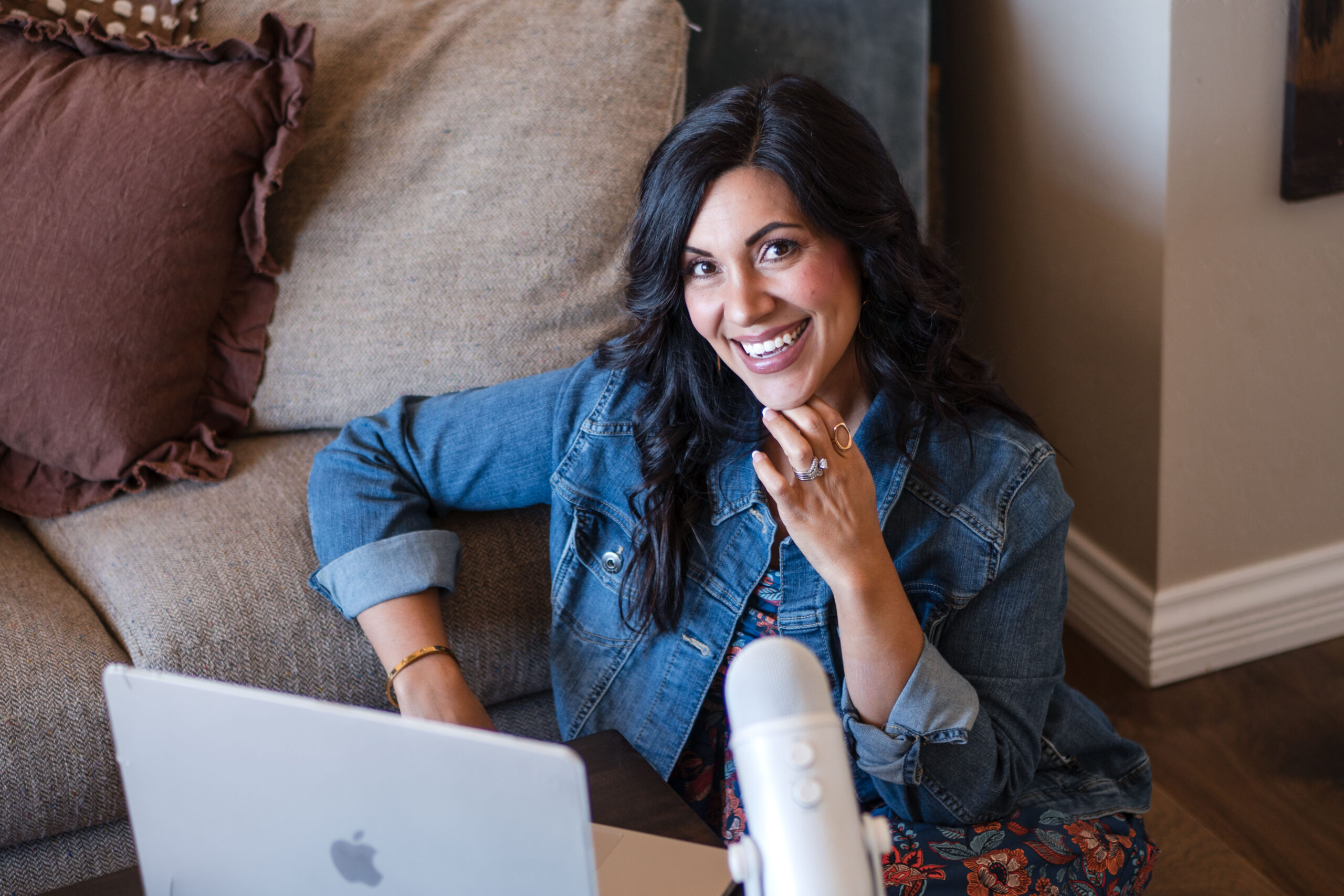
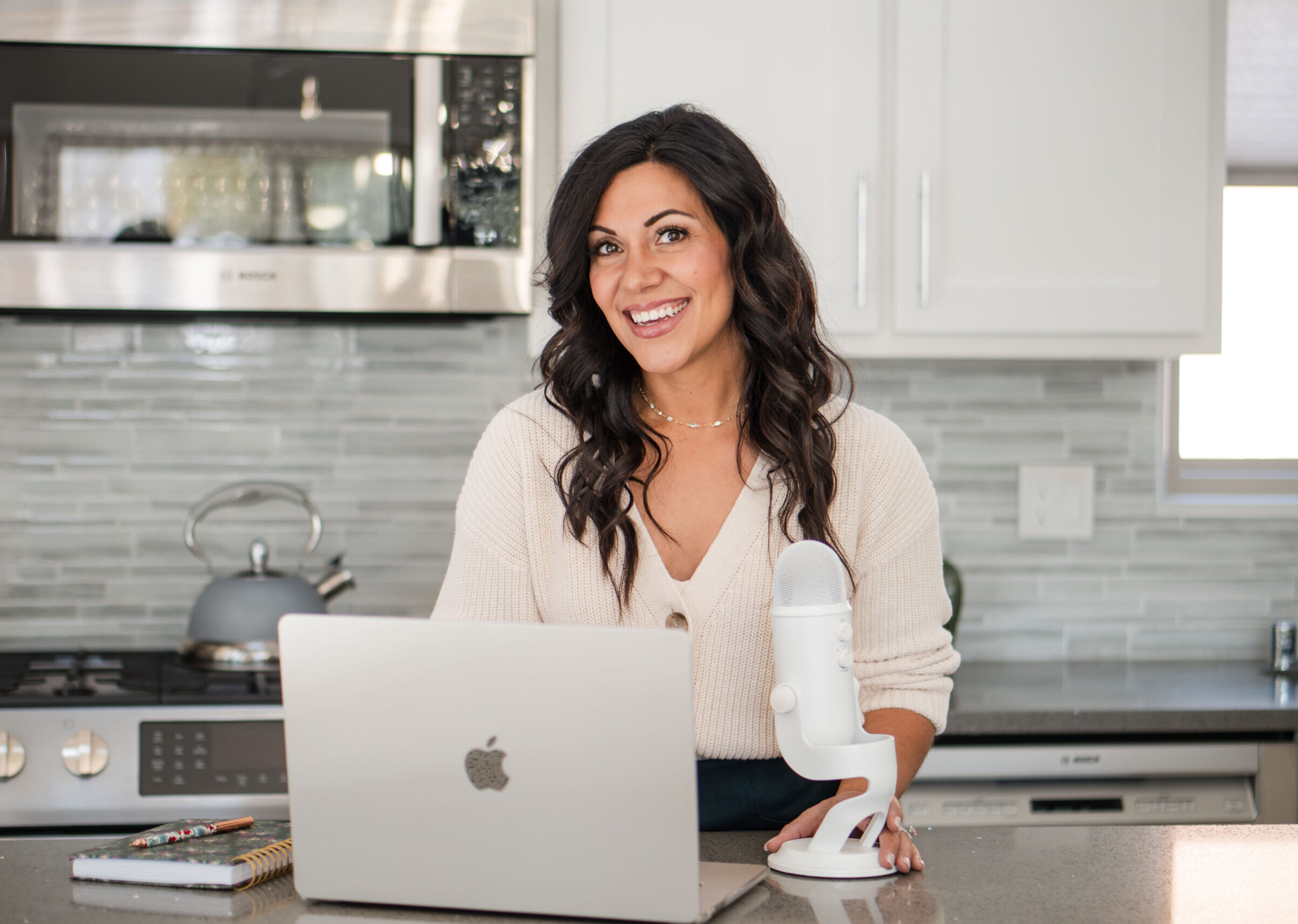



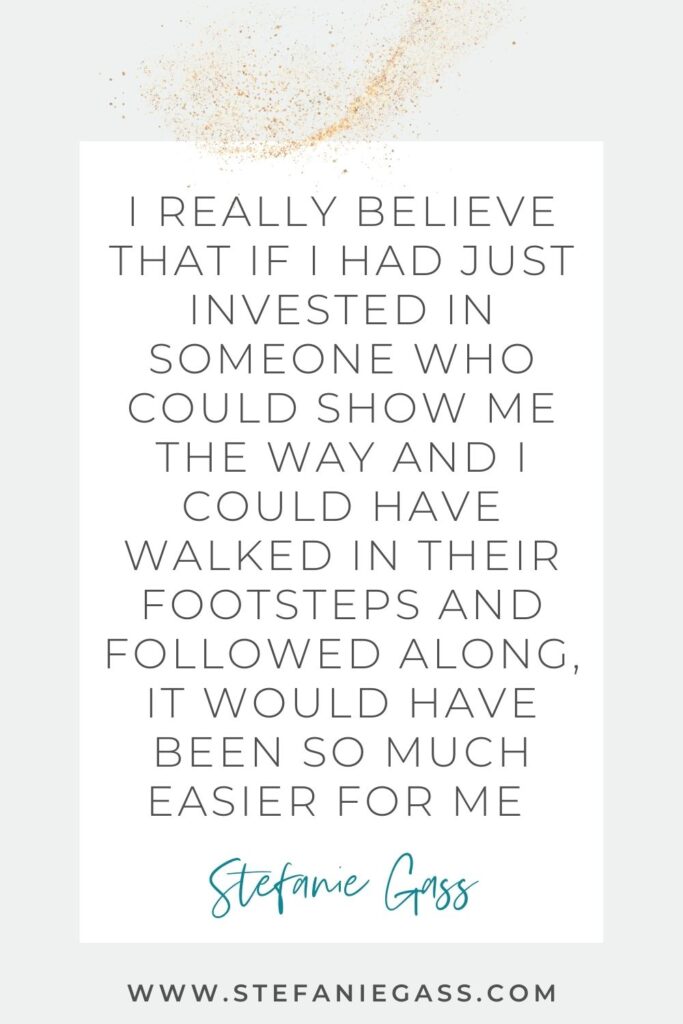

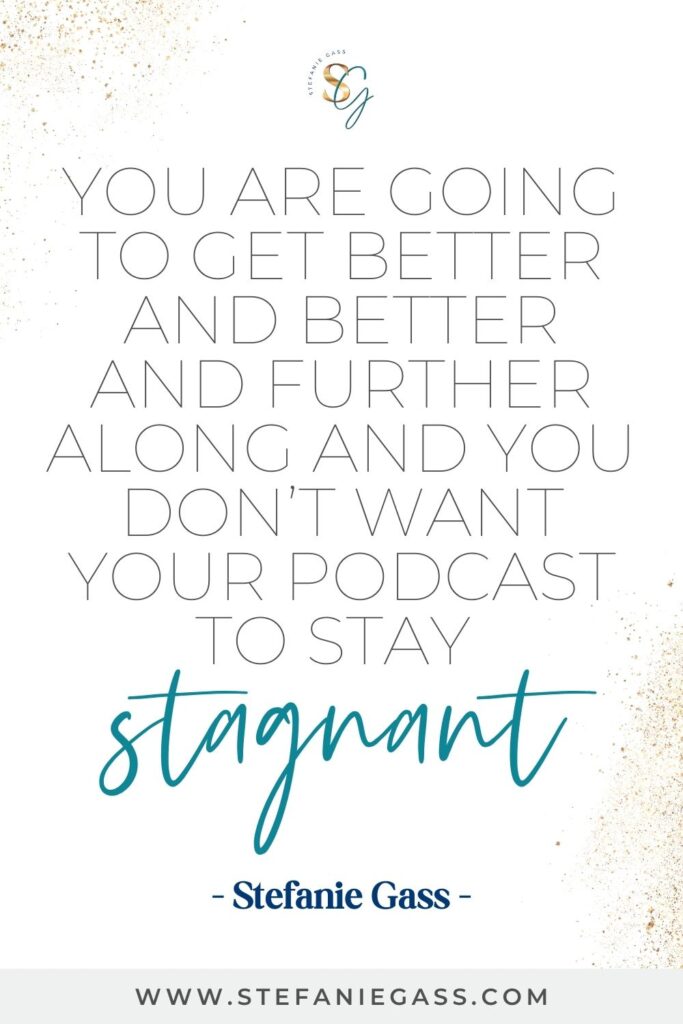
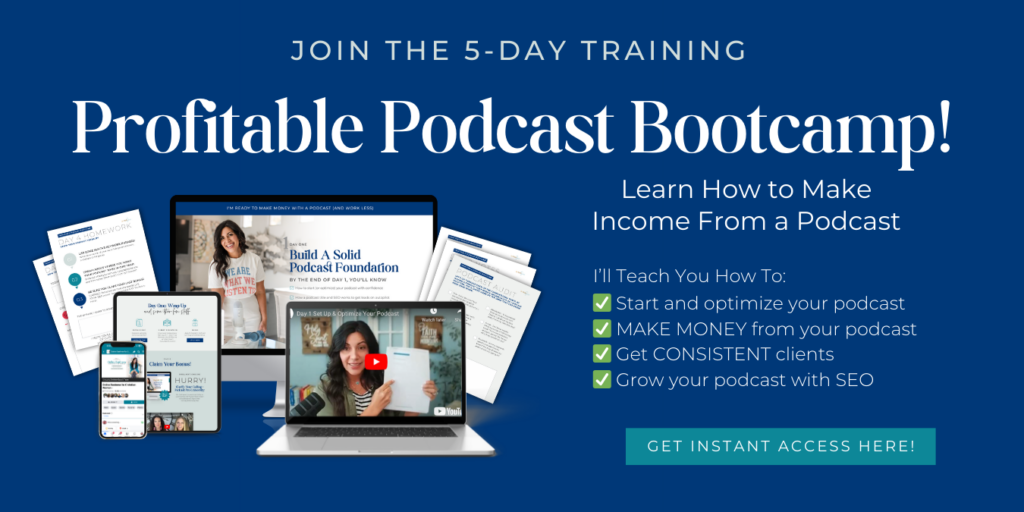

Leave Comment or Question Below